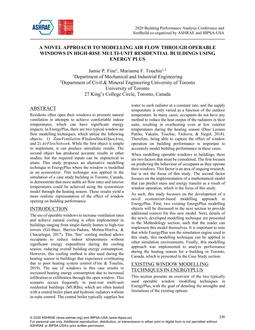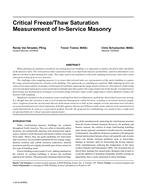The design of smoke management systems causes concerns for designers and owners of proposed new buildings with large-volume spaces such as atria. Three major concerns are (1) the ability of the system to work satisfactorily in the event of a real fire, (2) the relatively high capital and maintenance costs of most mechanical exhaust systems, and (3) the willingness of relevant authorities to accept the design or request changes, which may delay occupancy or incur additional cost.This paper presents a list of factors for architects and mechanical engineers to consider early in the design of a smoke management system. Code-type calculations are identified as useful initial estimates of smoke exhaust rates, although they have a degree of uncertainty that may add risk to the concerns mentioned above. CFD computer simulations are recommended as an alternative method of proving the capacity and performance of proposed smoke management systems. Examples of real design projects presented herein demonstrate the effective use of CFD results.
Units: Dual
Citation: Symposium Papers, Atlanta, GA, 2001
Product Details
- Published:
- 2001
- Number of Pages:
- 9
- File Size:
- 1 file , 1.3 MB
- Product Code(s):
- D-7178


